 "Jcarr" (jcarr)
"Jcarr" (jcarr)
09/30/2016 at 16:58 • Filed to: Planelopnik
 2
2
 7
7
 "Jcarr" (jcarr)
"Jcarr" (jcarr)
09/30/2016 at 16:58 • Filed to: Planelopnik |  2 2
|  7 7 |
The 747-100 rolled out for the first time on this day in 1968. Can you list all of the carriers displayed on the side?
!!! UNKNOWN CONTENT TYPE !!!
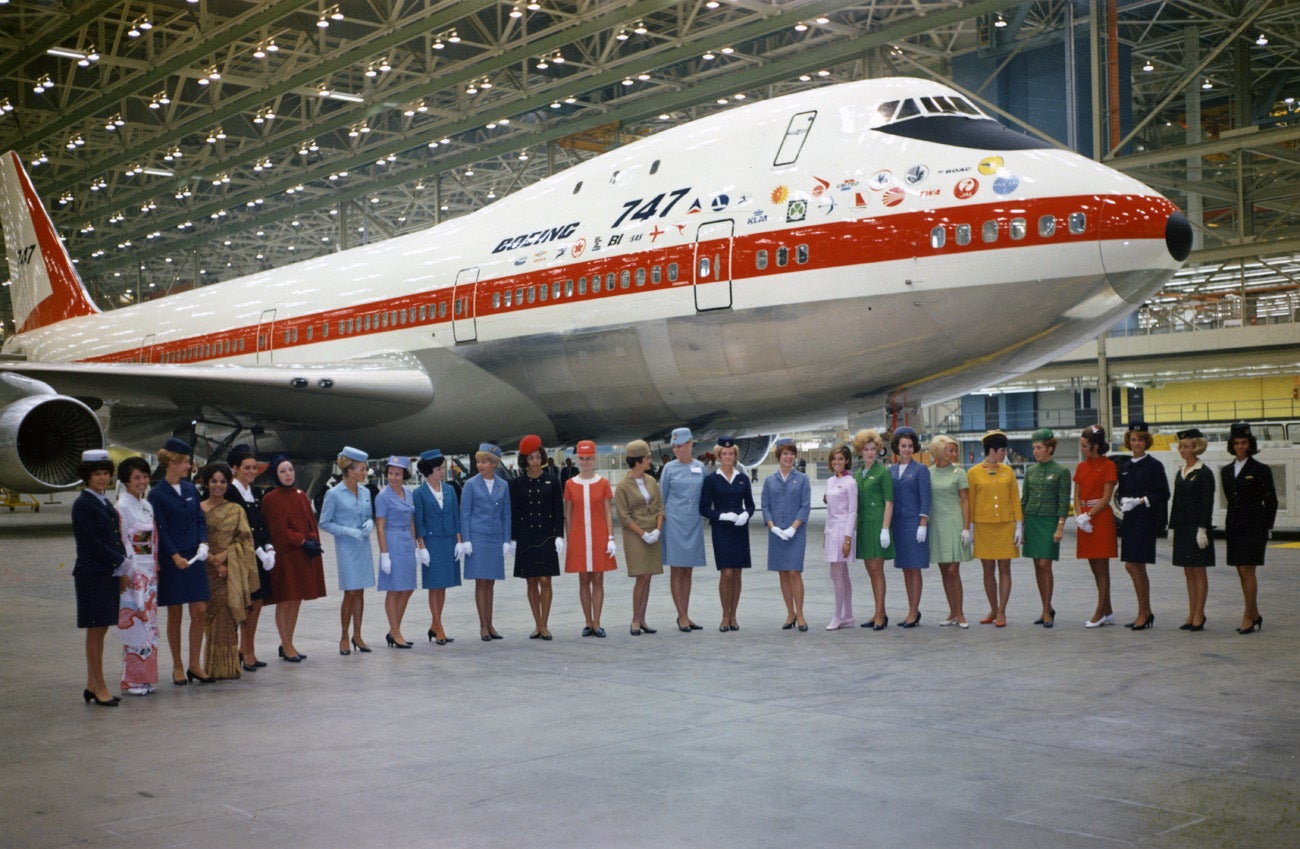
 Mercedes Streeter
> Jcarr
Mercedes Streeter
> Jcarr
09/30/2016 at 17:10 |
|
Not only a high quality photo, but also a very diverse crowd there! Oh my my! :D
Is that the “City of Everett” plane?
 f86sabre
> Jcarr
f86sabre
> Jcarr
09/30/2016 at 17:47 |
|
I can name one. Delta currently flies 747 after the merger with NWA. We also flew them in the 70s for a short time on, of all things, domestic routes.
The company wasn’t happy with them and let them go. They probably weren’t using them to the best effect.
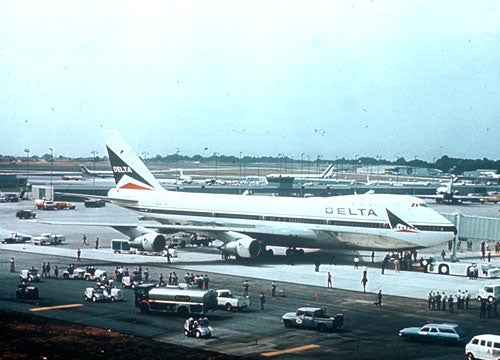
 Jcarr
> f86sabre
Jcarr
> f86sabre
09/30/2016 at 17:50 |
|
So the 747s currently in the fleet are leftovers from NWA?
BTW, this is my desktop background right now:
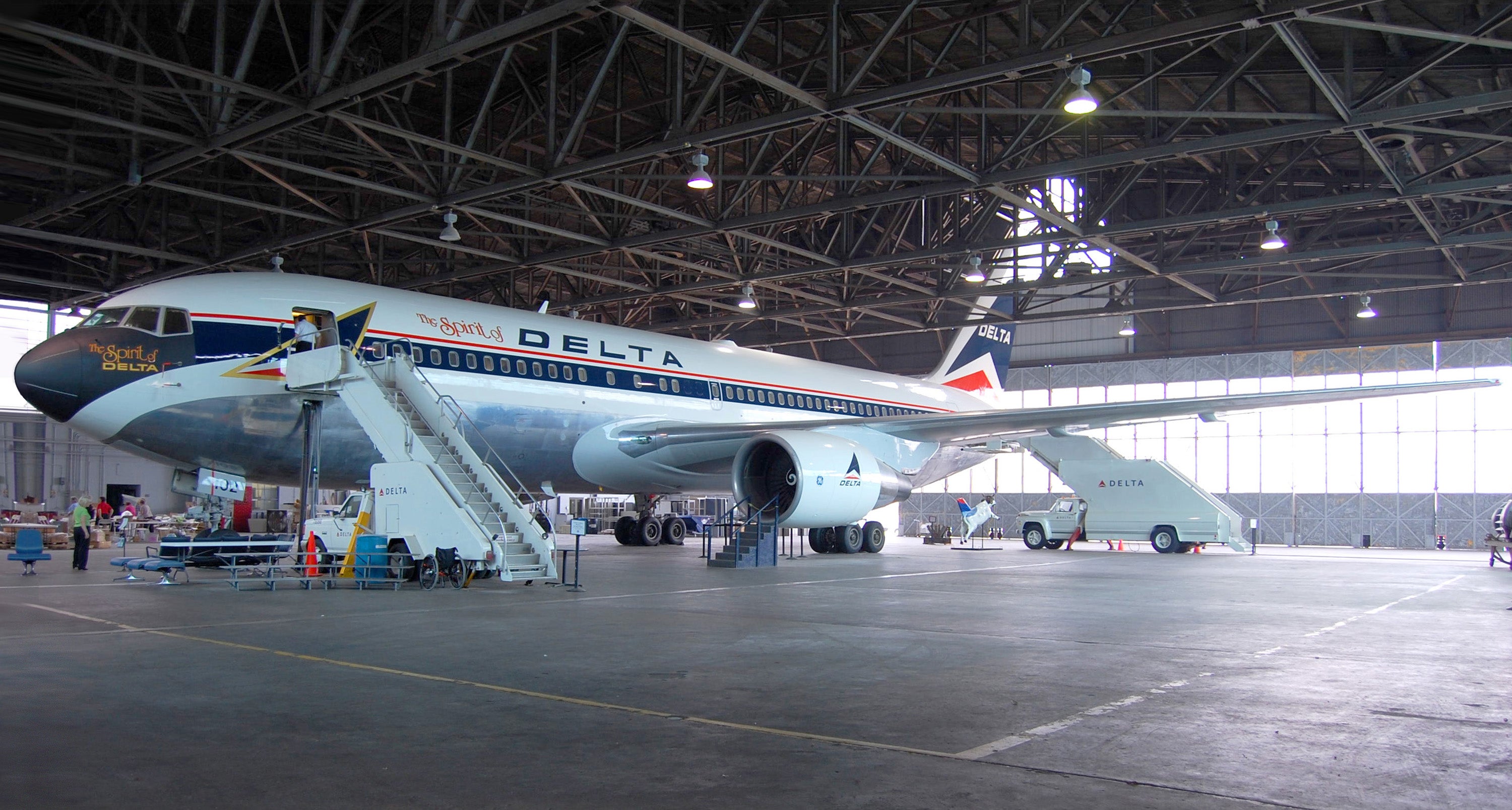
 f86sabre
> Jcarr
f86sabre
> Jcarr
09/30/2016 at 18:01 |
|
Yes. They were part of the merger. 747-400s. We parked the freighters shorty after the merger.
I designed the last repair to go on that plane! It was a little Fastweld and Speedtape doubler on the left gear door. It is still there.
 Liam Farrell
> f86sabre
Liam Farrell
> f86sabre
09/30/2016 at 19:57 |
|
I flew on a delta 747 flight from China in April.
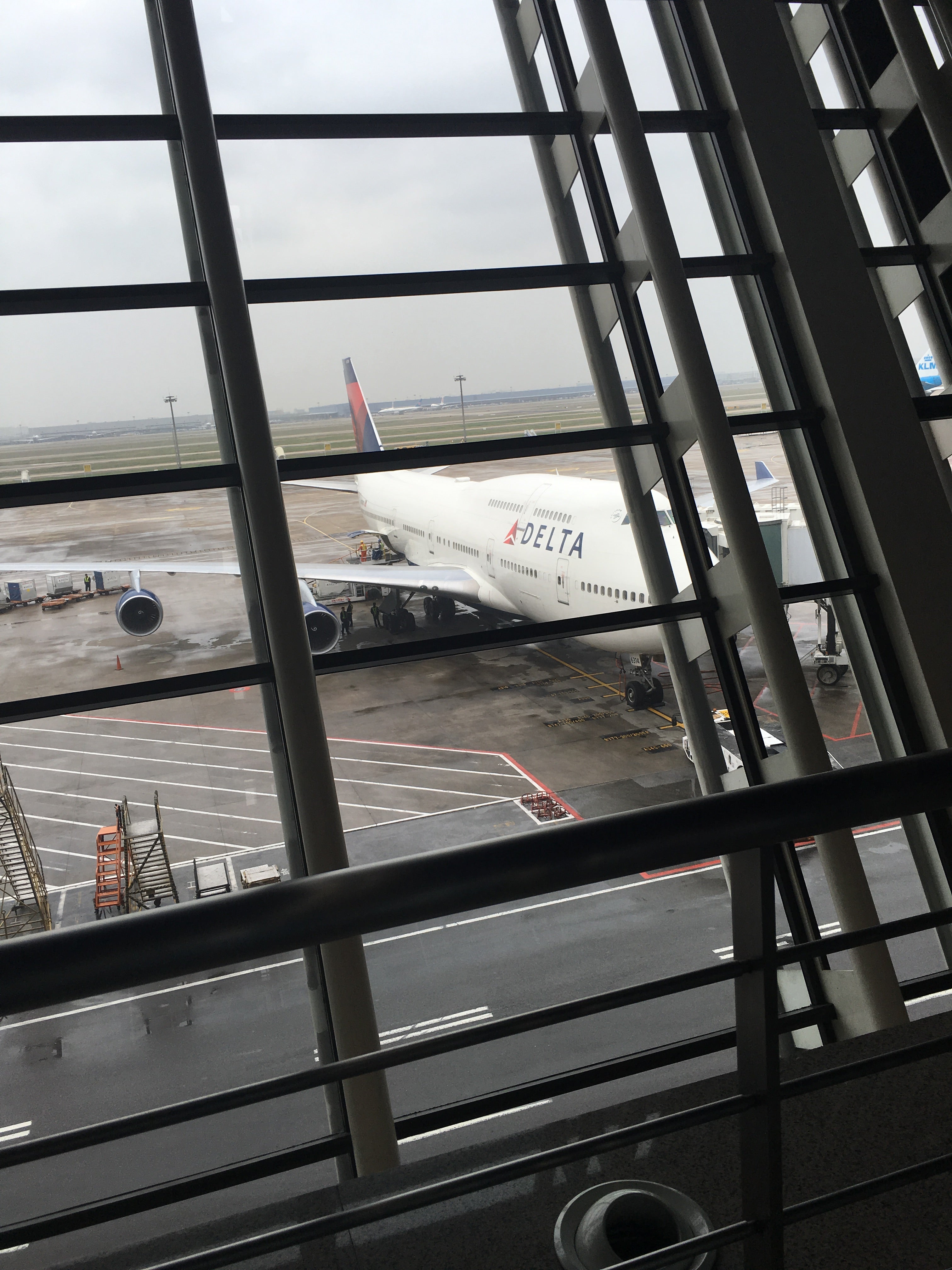
 wafflesnfalafel
> Jcarr
wafflesnfalafel
> Jcarr
09/30/2016 at 22:29 |
|
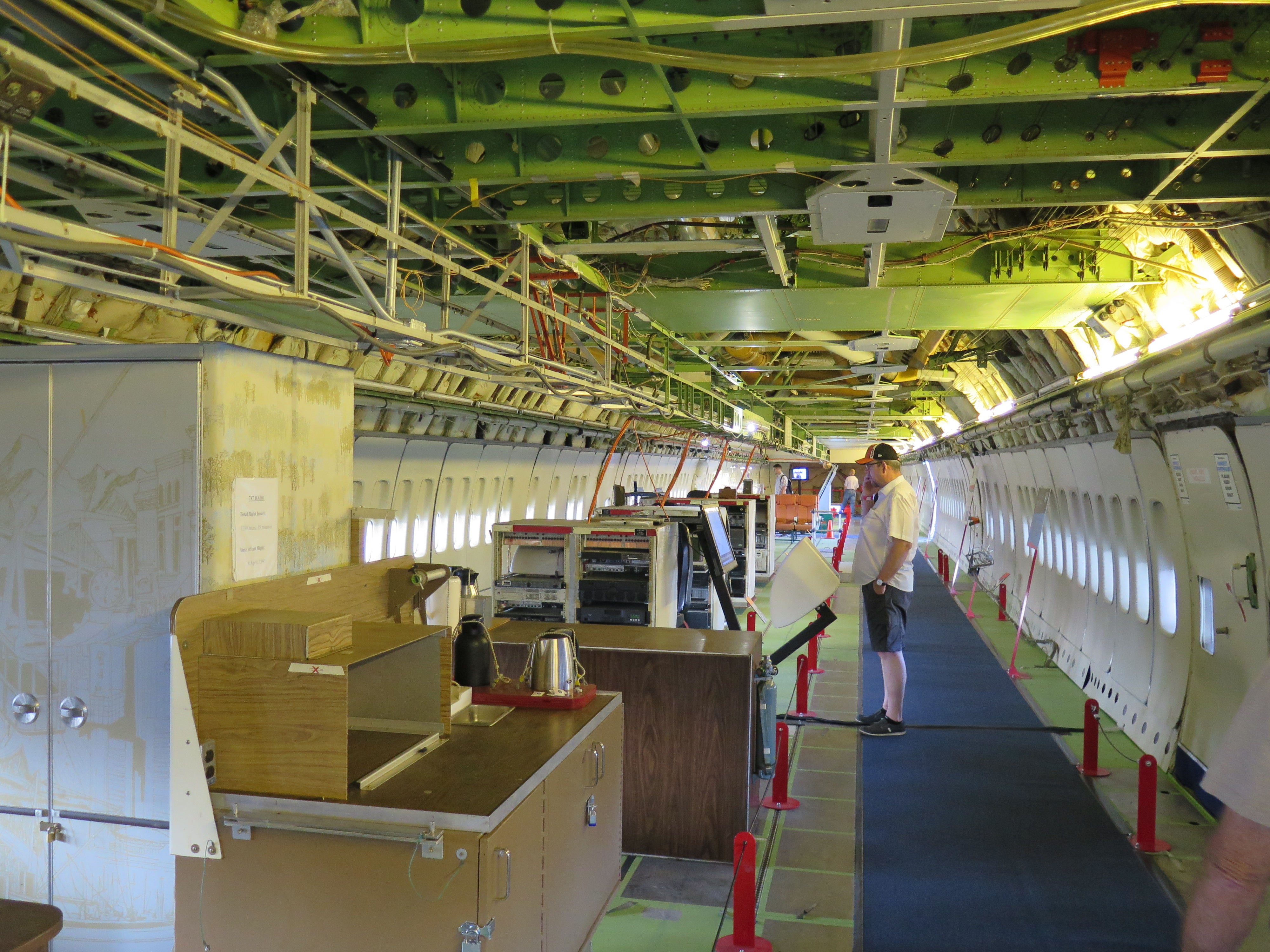
The City of Everett has been repainted and is now open to the public. This is an interior shot of the main deck with all the testing equipment still inside from just a couple months ago. It is now under cover in the huge new hangar across E Marginal Way from the main museum.
 Full of the sound of the Gran Fury, signifying nothing.
> f86sabre
Full of the sound of the Gran Fury, signifying nothing.
> f86sabre
10/01/2016 at 17:16 |
|
It’s not so much that they weren’t happy with them, but more the fact that they were just way too big for the US domestic route structure combined with the oil embargo that occurred in the early ‘70s. The range was considerably more than what was needed for a domestic transcon, and in truth most airlines would have been better served by a widebody twin like the A300 or 767. It was the must-have airplane at the time, which was under regulation by the CAB, but all the gimmicks in the world couldn’t convince more people to fly domestically, at least not more than once. Like the A380 today, it can make you money if you can fill it, but if you can’t it will sink you quickly.
Where the 747 really took off was in international routes, especially after the introduction of the Combi. The range came in quite handy, but a good number of carriers couldn’t take advantage of all of the seats available. As I learned after many years in the airline industry, you lose money above the floor and make money below it. Having huge cargo holds below the floor made it less important to fill all those seats and helped drive down the price of international travel. Extra cargo capacity on the main deck made the sale of seats even less critical. The glut of seats made for some great fare wars, and as a result more people could see and experience more of the world than ever before.
The 747 was really a stop-gap measure as it was expected that SSTs would transport the passengers, and big, lumbering behemoths like the 747 would handle moving cargo. As such, it was designed to be an excellent freight hauler first and foremost, with the needs of the passenger secondary to that capability. However, all of that space does help make the 747 a very comfortable place to be as a passenger.